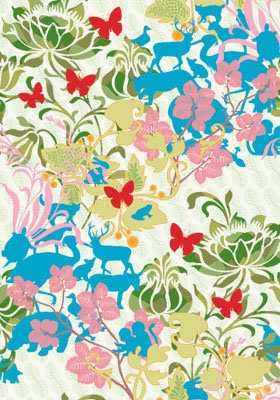i really liked the play, but i think the only problem was the excess of texts to read.
as we entered the room to watch the play there was a lot of written text in the walls with a lot of pictures, the thing is that there wasnt enough time to read all the texts because of the people ahead and behind me. Then as we entered the big space, there were again almost all the walls were written, there were 5 different settings, each of them with one actor and the settings varied, one was a writter, other was a women from the high lands, other was a nun, other was a widow, and the two other i couldnt see.
i really liked the moment when all the actors started speaking together like a greek chorus the accustics of the room made it sound really powerful.
one thing i didnt like about this play was the long texts they spoke, for example the writter appeared several times on a room above everyone and spoke a lot, it was so long that i sometimes got lost, and he just looked at the front didnt even made some actions, maybe if the texts may have been shorter it would have been better.
there was another part regarding the excess of text when two actresses dress with cloths that were printed with statements, the letters were really small and the lights were off there were just a few people with flash lights lighting the room for us to see.
the representation of the history of peru was very good, it started from the chile war and it was very easy to understand what they were trying to say, in comparison with other of yuyachkani´s plays, they are really confusing, but not this one. Other thing that contributed to the entretainment was that fact that the actors were almost all the time standing on top of this on-wheel-platform-thing which could be connected and build a larger platform, but because they were on wheels they moved a lot around the space and you had to constanlty move around the space with them. there were a lot of character changeing which i think is was great, there were a lot of blackout and during these which lasted seconds the actors changed their costumes, one thing i didnt realized at the beginning was that all the costumes that were on display were the ones they used.
when they entered to the phase when they wore the executive masks and the suits, i thing they wore masks not only for montecinos to look like montecinos, but because i think people look like that now a days, they are plastic, all they care is money, they dont have a soul, a voice of expression they are opressed by the rules of society and expectations of stereotypical bases.
a part from the message they were trying to send by saying all the destruction becasuse of the wars and corruption, i think that what they were also trying to say was the change of peruvians, how we went from having a free soul and being happy, to being destroyed by war and violence, that is the point were i think we got our wings of freedom cut off, then it came opressment by authorities, people started to live a lifeless life, until it reached the point were we dont even have our own face, we constantly wear this souless mask and that is what we have become. we dont even take on count our religion, there was a part were there was an angel, jesus and mary i think that they showed us that in order to say that we have also lost that, faith and hope.
and i think that more that representing peru´s history, they wanted to show peruvians own expiriences through peru´s history...
would the play have been more direct and concentrated if there hadnt been so many texts to read ????
Subscribe to:
Post Comments (Atom)



1. It wasn't the accoustics of the room that made the opening speech powerful, it was the actors' voices.
ReplyDelete2. There weren't a lot of blackouts and the actors didn't "change clothes during the blackouts". You already have an idea of how stage business works in your experience, but not everybody does it the same way.
3. Nice interpretation for the politicians' masks.
4. Careful about the texts to read: my opinion about it has more to do with the political/documentary bias of the blay rather than on the possibility of actually reading them. My questions would be: "Are plays meant to be read like books?", "Should theatre be used for political/informative purposes?", "How subtle can a play be?", "Should art explain and clarify or should it raise questions?", "Wouldn't it be better to read the "Informe de la Comisión de la Verdad" than to watch this play?", etc.
Roberto